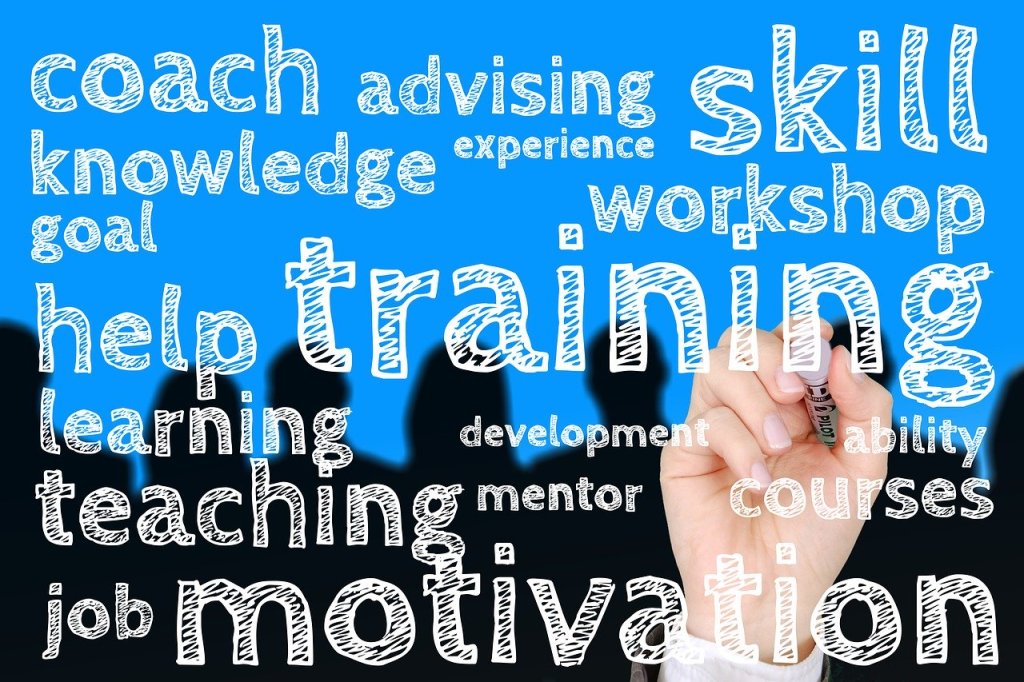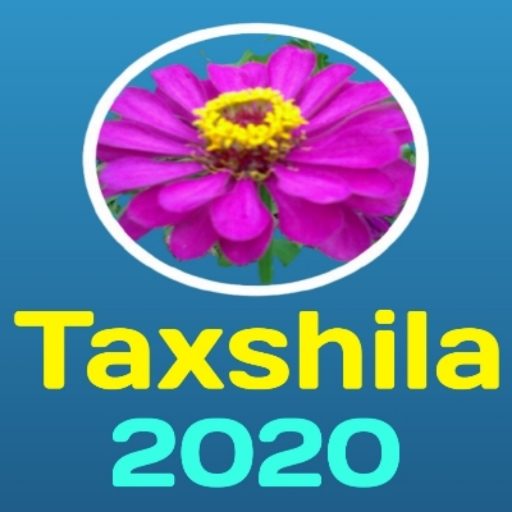Our brain makes us individuals what we are. Actually, brain is the school of knowledge transfer that defines our humanity, ability and qualification.

Functional regions of student’s brain
Students are trained and skilled in the seven fields of school learnography to launch the brainpage theory of knowledge transfer in the classroom. Brainpage is the knowledge module of learning transfer consolidated in the different anatomical regions of brain circuits. There are three functional regions of brain such as cerebral cortex, limbic system and core brain to deal with the learning transfer of brain learnography. Pain and pleasure are the fundamental feelings of human beings. In education system, the teacher is considered as the pain of classroom but the brainpage theory of school learnography can change this feeling into the pleasure and helping hand of classroom.
Motor science is related to the neurological studies of motor circuits of human brain but it also deals with the school of knowledge transfer for high performing students.
Happiness Classroom

Lateral Ventricles
The ventricular system of brain anatomy is filled with cerebrospinal fluid and also important to understand the functions of learning circuits. The chapter brain of learning transfer is described by the posterior and anterior lateral ventricles. Why are these ventricles very large in shape and size? It’s important for the massive knowledge transfer of sensory and motor areas that takes place in the four regions of chapter brain. The inferior lateral ventricles and third ventricle of human brain are comparatively smaller in size which support the learning transfer of limbic brain. The fourth ventricle is found in the core brain of learnography that covers the functions of cerebellum and brainstem.

Parts of Brain Learnography
Human brain has 12 distinct anatomical regions to process the learning transfer of subject matter and motor knowledge. Cognition, emotion and intuition are the three functional aspects of motor science. Hence, brain learnography deals with the three basic parts of learning brain such as chapter brain, limbic brain and core brain. Each of these learning parts consists of four distinct anatomical regions to process, modulate and regulate the brainpage circuitry of knowledge transfer.
1. Chapter Brain
This part of the student’s brain deals with the learning transfer of cognitive knowledge. Cerebral cortex is the largest part of human brain in respect to the volume of gray matter and white matter. Chapter brain consists of the neocortex and cortical circuits of cerebrum defined as the learning parts of cognition and corresponding motor knowledge. It spans through the frontal, parietal, occipital and temporal lobes of student’s brain. In fact, temporal lobe is significant in learning transfer considered as the knowledge processor of student’s brain.
The primary cortex of chapter brain is found in small size, but association cortex occupies the large area of cerebral cortex. In this way, primary and association cortices are considered as the main parts of chapter brain which are folded, convoluted and twisted with sulci and gyri to increase the surface area of gray matter. Cognitive knowledge is processed in the frontal, parietal, occipital and temporal regions of chapter brain to develop the matrix, spectrum and blocks of learning transfer. In fact, association cortex is the main area of brainpage modules developed during book to brain motor knowledge transfer.
School is the place where knowledge transfer takes place for the development of student’s working brainpage.
Happiness Classroom

2. Limbic Brain
This part of the student’s brain deals with the learning transfer of emotional knowledge. Learning and working passions are generated in the limbic brain of human beings. It spans through four distinct regions of the subcortical brain such as cingulate gyrus, parahippocampal gyrus, diencephalon and basal ganglia. Emotion is modulated in posterior cingulate cortex and then projected to anterior cingulate cortex for the production of zeid factors. These factors of the working passion are passed to the amygdala for the modulation of emotional drives. Hippocampus is important for learning and memory which has reciprocal connections with amygdala circuitry and the hypothalamus of diencephalon.
Papez Circuit deals with the functional streams of emotions and zeid factors in limbic circuits while McLean Circuit is significant in the generation of emotional drives and the consolidation of learning and memory. In this way, McLean proposed the theory of memory circuit by including the role of amygdala that emotional factors are important in the learning transfer to consolidate memory finally in the cortical regions of chapter brain. The cognitive circuit, limbic circuit and motor circuit of basal ganglia are converged by the thalamus of diencephalon to bring significant changes in the behaviors and functions of learning transfer through direct and indirect pathways.
Brainpage theory of learnography is the neuroscience of knowledge transfer based on the working mechanism of brain circuits that should be launched in classroom instead of teaching performance.
Happiness Classroom
3. Core Brain
This part of the student’s brain deals with the learning transfer of intuitive knowledge. Brainstem is the main part of core brain which deals with the basic functions of life such as breathing, circulation and digestion. The core brain of learnography spans through four distinct regions – cerebellum, medulla, pons and mid brain. Cerebellum is mainly known for the functions of precise motor coordination with space and time. It also coordinates the the functions of emotional and cognitive knowledge in the motor science of learning transfer.
All types of learning such as declarative knowledge, emotional knowledge and implicit knowledge are ultimately converted into motor composite knowledge in basal ganglia circuitry with specific zeid factors. Then well-defined motor knowledge is projected to the circuits of cerebellum for the fine-tuning of learning transfer with order, space and time to form enhanced composite knowledge known as zeid knowledge. Learning transfer becomes useless in practice if it is not converted into corresponding motor knowledge. Cerebellar basal ganglia circuitry of student’s brain plays a crucial role in the effective knowledge transfer of academic performance. ln fact, core brain is the house of dark knowledge that deals with the intuitive ideas, creativity and innovation of advanced technology.
Whole education should be finished at the age of 20 years and also students must be free to work at the age of 20 years

No Cerebellum
Cerebellar agenesis is a rare condition in which a brain develops without the cerebellum of core brain. The circuits of cerebellum control smooth movement with respect to space and time and coordinate the precise functions of emotional drives as well as cognitive knowledge in learning transfer. When it does not develop from the birth, the rest of the brain parts must compensate, which cerebellum cannot do completely in brainstem circuits. The condition of no cerebellum is not fatal on its own, but people born without cerebellar parts may experience severe developmental delays, language deficits and neurological abnormalities.
Cerebellar Learnography
Walking and talking in the case of no cerebellum may be delayed in the developmental phase of children until 4 to 7 years of age. Cerebellar agenesis may also be associated with low muscle tone resulting the lack of coordination in the learning transfer of motor knowledge. Some affected individuals may have difficulty in speaking usually due to problems with the muscles that enable speech production enhancement. The ability to speak is usually delayed in affected children, sometimes significantly.
These two illustrations such as no cerebellum and less developed cerebellar parts provide factual evidences that cerebellar learnography is very powerful in the learning transfer of knowledge chapters. In my opinion, the fast learning transfer and smart brainpage modulation of children are associated with the development of strong cerebellar basal ganglia circuitry. These students can finish the complete span (Taxshila Span) of K-1 to Master’s Degree approximately five years earlier in life, if cerebellar learnography is launched successfully in the classroom by using the knowledge transfer of brainpage theory and motor science.

Post Summary
Everything is learnt in brain circuits and everything is done by brain circuits. Therefore, students have to understand the learning mechanism of knowledge transfer by studying the anatomy, neural circuitry and functional regions of human brain. We know that brain is the main part of central nervous system that deals with the cognition, emotion and intuition of learning transfer. This is the rider and regulator of physical body defining individuality, choice and progress in working life.
Posts on the brainpage theory of knowledge transfer
- Redefine School Hours: Navigating the Shift from Instruction-Based to Student-Centered ClassroomsWhy are instructional methods not effective in education? Delve into the evolution from traditional lecture-based teaching to more dynamic, student-centered approaches that foster deeper understanding, task learnography and knowledge transfer.
- Building a Thriving Community: How Knowledge Transfer Enhances Work, Earnings and Quality of LifeCommunities that value knowledge transfer and motor brainpage learning tend to be more inclusive, promoting the values of tolerance and mutual respect among diverse groups. This not only enriches individual lives but also strengthens the social fabric of the community.
- Turning Pages, Building Minds: Impact of One Day One Book Brainpage on Student IntelligenceLet’s explore how turning pages daily can build robust intellects and transform educational outcomes.
Brainpage School
Happiness Classroom ! Book is the transfer source of knowledge and student’s brain is the transfer target of learning. To be high performing students, make brainpage in collaborative classroom by applying the seven dimensions of knowledge transfer. The motor science of knowledge transfer should be launched in the classroom for the learning development and brainpage modules of Autistic or ADHD students. Let the students use motor knowledge to make smart brainpage in the classroom from book to brain direct learning transfer. The cyclozeid of knowledge transfer is rehearsed in the classroom to produce high speed zeidstream in the working mechanism of brain circuits.



Leave a comment